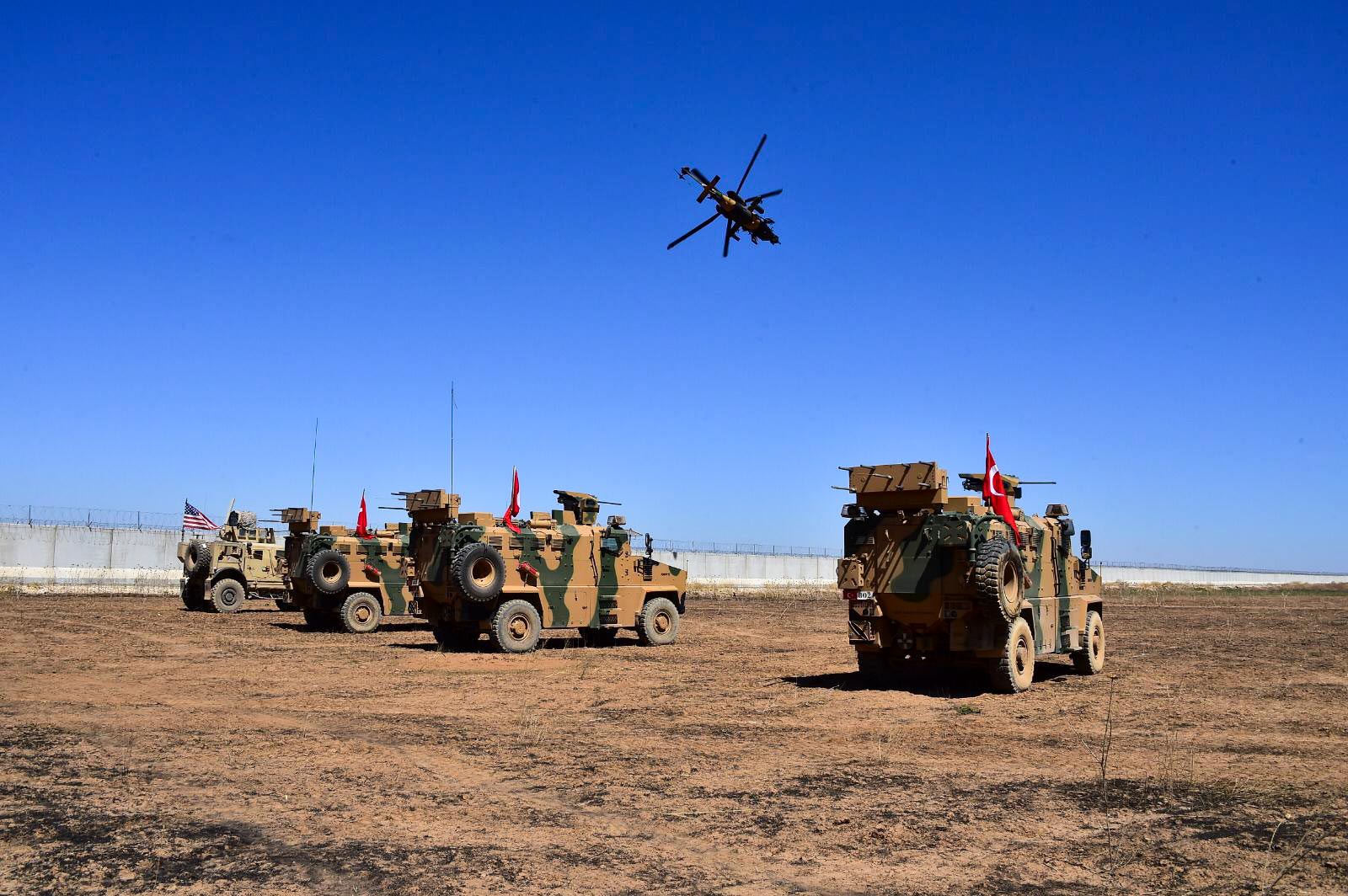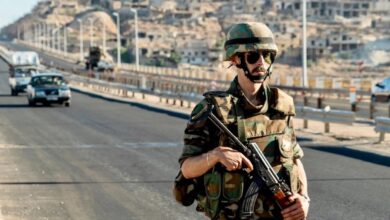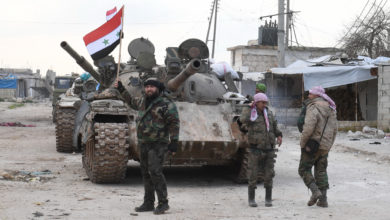US expects UN help with Turkey’s resettlement of Syrian refugees into border zone
The United States expects the United Nations and other international non-governmental organizations to help “facilitate” a proposed resettlement of Syrian refugees living in Turkey into a planned buffer zone along Syria’s northeastern border, a Pentagon official said.
Speaking to reporters in Washington, Defeat-ISIS Task Force Director Chris Maier said that the U.S. is willing to support a Turkish plan to move Syrian refugees across the border, but stopped short of offering specifics.
“We’re focused on the refugee issue as a longer-term element of the security mechanism. The U.S. position continues to be the safe, voluntary and dignified, and also informed, refugee return, is what we aim to work with,” Maier saidon Wednesday, September 18.
“Obviously this will be the U.N. and other NGOs helping facilitate this as we work in conjunction with Turkey and our partners in Syria,” he said, in reference to the Syrian Democratic Forces, the main partner force of the U.S.-led Coalition against Islamic State in Syria.
U.S. and Turkish officials have been negotiating the formation of a buffer zone along Syria’s northeastern border since early this year to separate the SDF from the Turkish border.
Turkey considers the predominantly-Kurdish Syrian People’s Protection Units (YPG), which forms the backbone of the SDF, to be a terrorist organization inextricably linked to the Kurdistan Workers’ Party (PKK), which has waged a decades-long insurgency against the Turkish government.
President Recep Tayyip Erdogan has been threatening for months to launch a military incursion into northeast Syria to clear the area of YPG-linked fighters. But a significant number of U.S. Special Operations Forces still remain in Syria’s northeast, where they are advising and training the SDF to maintain security and conduct raids against ISIS sleeper cells across a swath of eastern Syria.
The U.S. and its Western allies do not consider the YPG to be a terrorist organization, and American officials have turned to diplomacy with Turkish officials in hope of preserving the SDF to prevent a security vacuum in northeast Syria which ISIS could exploit.
Last month, U.S. and Turkey reached a preliminary agreement on how to implement the proposed buffer zone – which the U.S. is calling a “security mechanism” – and established a joint operations center in southeast Turkey to oversee the cooperation.
So far, the proposed buffer zone is intended to reach from Tal Abyad to Ras al-Ayn, but the Turkish government has publicly demanded that it span the entirety of the border.
As part of the agreement, the U.S. has begun facilitating the withdrawal of YPG fighters from the border area, though Maier said Thursday that some YPG personnel, “in the form of security forces,” still remain. The Coalition is currently working with local military councils take their place.
The Turkish and U.S. militaries have already conducted five joint helicopter reconnaissance flights on the Syrian side of the border and conducted the first joint ground patrol on September 8, after establishing a joint operations center in Sanliurfa in August.
Maier acknowledged that there still remain some “differences” between the U.S. and Turkey on the safe zone, but declined to get into specifics.
The Turkish government has demanded that the “safe zone” be extended to some 30-40 km deep, which would encompass nearly all-Kurdish majority population centers in Syria. Erdogan said earlier on Wednesday that his government intends to resettle as many as 2-3 million Syrian refugees from Turkey into the border area.
Erdogan said earlier this month his government may be forced to “open the gates” of those refugees to Europe if Turkey does not receive adequate “logistical support to build housing at 30 km (20 mi) depth in northern Syria,” Reuters reported.
Turkey is home to more an estimated 3.6 million Syrian war refugees. In recent months, hundreds of thousands more have headed for the Turkish border, fleeing from a Syrian government offensive against rebel-held Idlib province. The U.N. has accused the Syrian government and its backer Russia of bombarding hospitals and other non-military targets in Idlib, and condemned rebels for firing rockets indiscriminately in return.
Erdogan’s threats have stoked fears of ethnic cleansing Kurdish-majority cities in northeast Syria.
Turkey has launched two previous incursions into northwest Syria, taking control of much of Idlib province with Operation Euphrates Shield in 2016 and the Syrian Kurdish enclave of Efrin in January 2018 under Operation Olive Branch.
Operation Olive Branch led to mass civilian displacement and U.N. accusations of possible war crimes, including looting, hostage-taking and torture, by Turkey-backed Islamist Syrian rebels. The YPG has vowed to retake Efrin, and YPG-linked groups have claimed credit for a number of bombings and assassinations in the area.
The Turkish government has claimed it allowed more than 300,000 Syrian refugees to return to areas taken over in northwest Syria.
Last month, Badran Jia Kurd, a senior official in the YPG-affiliated Autonomous Administration of North and East Syria, rejected Turkey’s proposal to send massive amounts of refugees across the border and said only refugees originally from the northeast may return to their hometowns.
The SDF has also said returnees must be screened for possible links to terrorist organizations.
Maier however said on Wednesday that the U.S. has two general conditions for the return of Syrian refugees to that area. “Individuals are either from that home or they go there of their own choosing,” he said, adding that the U.S. would abide by “established U.N. principles” on refugee resettlement.
Erdogan said earlier this month that if Turkey’s demands are not met by the end of September, Turkey will be forced to launch a unilateral incursion.











